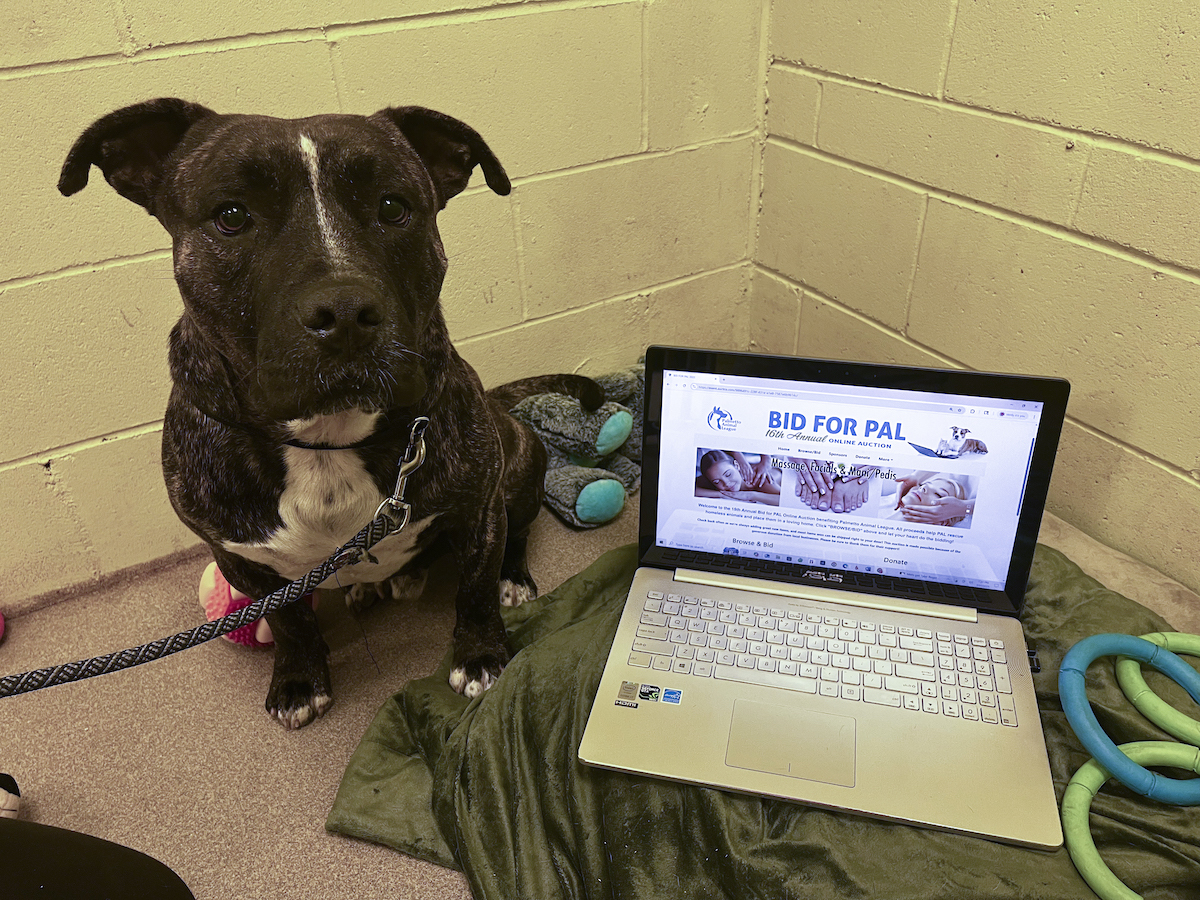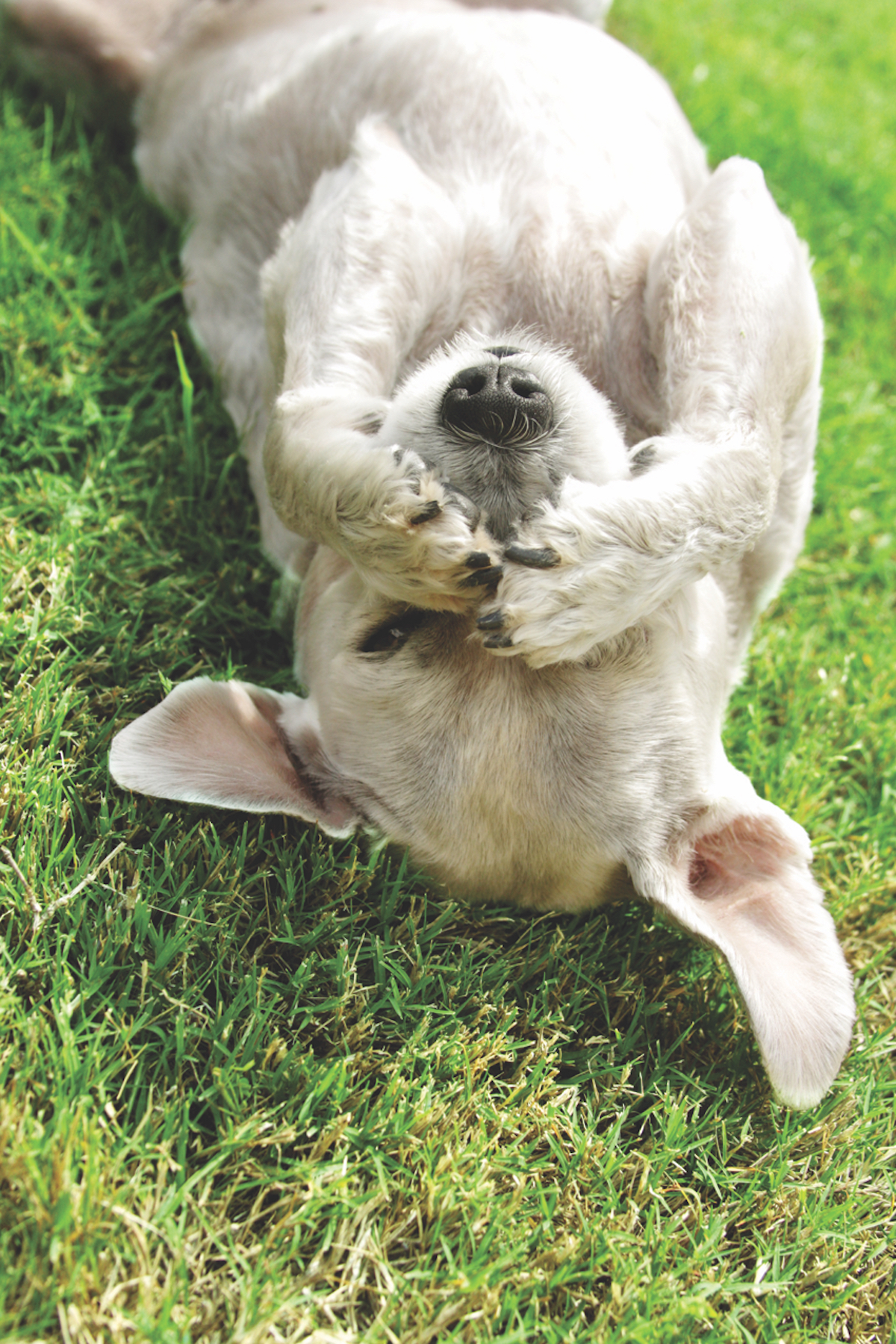Often when I am called to consult concerning a dog with no manners, I conduct a little test, especially if the offending beast is 6-8 months old and has not previously been to puppy class. It usually goes like this: The front door opens and Dog dashes out. Owner yells “No!” and Dog pauses for a split second before it continues on its happy hello assault. Dog leaps on me, Owner drags Dog back down to the floor with a sharp “No!” As the initial interviews progresses and Dog is rooting in my call-bag or is trying to climb into my lap, the owner again barks a sharp “No!”
When I ask if Dog knows his name, Owner looks puzzled. That’s when we run an action-speaks-louder-that-words experiment. I instruct Owner to stand in the kitchen area, and I take Dog with me to the far side of the living room. I pet Dog, who is pleased with the attention, when Owner, standing in the kitchen shouts (as we had pre-arranged) “No!” Dog stands up and, quite obediently, trots off to his Best Friend. On the basis of what he has experienced during his short life, the sound that he has heard most frequently associated with consequences for him personally was “No.” In Dog’s mind, “No” was his name!
Once you have selected the perfect name for your Best Friend, be sure to use it appropriately. Think about what the name means to your dog. It means watch, listen, or pay attention; I am communicating specifically to you. So many times we teach the dog to come to his name. For example, we call, “Scooby! Scooby! Scooby!” in a high pitch tone, making ourselves attractive so he scampers to our side. We may even give him a treat. So what does it mean to our dog? Hey, that’s a command — “come to me.”
Then, one day he does something naughty and we bark “Scooby!” in a gruff and serious tone. “HUH?” he thinks. Then, we come home one day — “Hey, Scooby!” we greet him casually, he comes to our side and we walk away from him to check phone messages. “Hey, I came over,” he thinks “and now I am not even rewarded with a smile. What gives?” Now “Scooby!” means confusion: he has no idea what his own name means.
A name means simply, “I am talking to you.” It’s a simple way of getting his attention. Say his name and then wait a second before issuing the command. So it becomes “Scooby … (he looks to you) … sit.” Too often I’ll hear, “Sitscooby,” “Downscooby,” or “Herescooby”. Poor Scooby only hears the emphasis on his name, as it is the last word. I can see it in his face: “What?!”
To teach what the name means to a young dog, say his name — I use my Smurf voice — and then make a little noise between my lips and when he looks up expectantly, I’ll use whatever command and show him what is required. Repeat and reinforce. Works like a charm.
But here’s the caveat: When your dog does something wrong, often the first word that comes to mind is his name. Following almost every discovery of the kitchen garbage all over the floor, the first word out of my mouth was “BEAGLE!!” It was almost a reflex.
In fits of pique we tend to use their names harshly and without thinking or simply scream, “Noooo!” We’re only human, after all. But what does that action mean to your dog? What does it mean when we speak a name harshly to anyone we love? Or shreik a negative in their direction? It doesn’t go over very well. It’s a general inter-species point of confusion. When used harshly, a name means punishment, it means you are in trouble, and who wants to come back just to get yelled at?
As with people-to-people interaction, associating a name with a good action, a clear command and a nice experience reinforces the message that we are friends talking to each other and the next request will be rewarded. It’s the same with your Best Friend.






